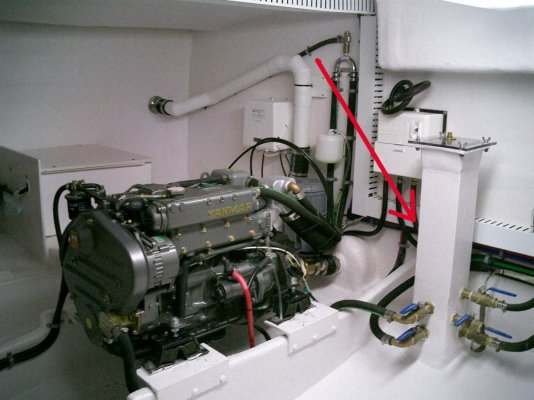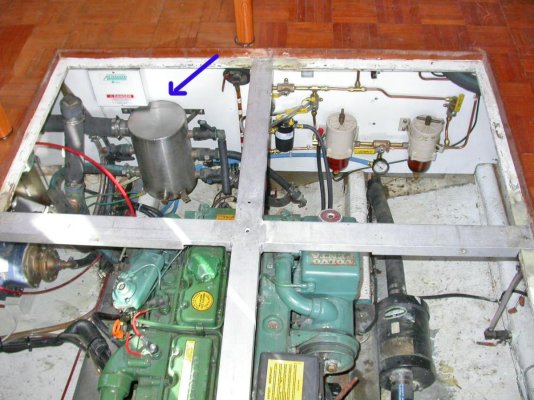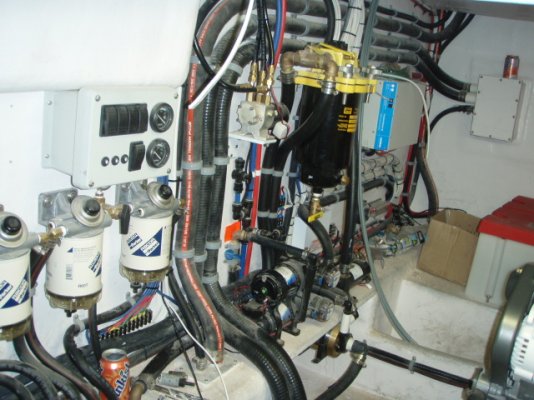ben2go
Guru
I frequent a few boaty forums.One complaint I have seen is the level of thru hulls for bilge pumps,a/c drains,grey water,and gensets.Main complaint I read about is the noise of them expelling water overboard.I was on a larger run about/ski boat that had one of the thru hulls almost at the top of the hull on the side of the boat.It was quite annoying listening to it at idle.Not sure what it was for but it consistently dropped water about two feet to the lake.
1)So how do you feel about your thru hulls?
2)Where are they in relation to the hull water line?
3)Since my boat hasn't been built yet,where would the best location be to keep them quite and trouble free?
4)I know I will have three gray water lines,galley sink,head,sink,shower.Can these be plumbed to one through hull?There will be a diverter valve to send everything to a gray water tank when the need arises.
5)Water are the pitfalls with having the thru hulls just above water line?I know I will need anti siphoning valves.
If there's any other advice about thru hulls,I am all ears.
1)So how do you feel about your thru hulls?
2)Where are they in relation to the hull water line?
3)Since my boat hasn't been built yet,where would the best location be to keep them quite and trouble free?
4)I know I will have three gray water lines,galley sink,head,sink,shower.Can these be plumbed to one through hull?There will be a diverter valve to send everything to a gray water tank when the need arises.
5)Water are the pitfalls with having the thru hulls just above water line?I know I will need anti siphoning valves.
If there's any other advice about thru hulls,I am all ears.






